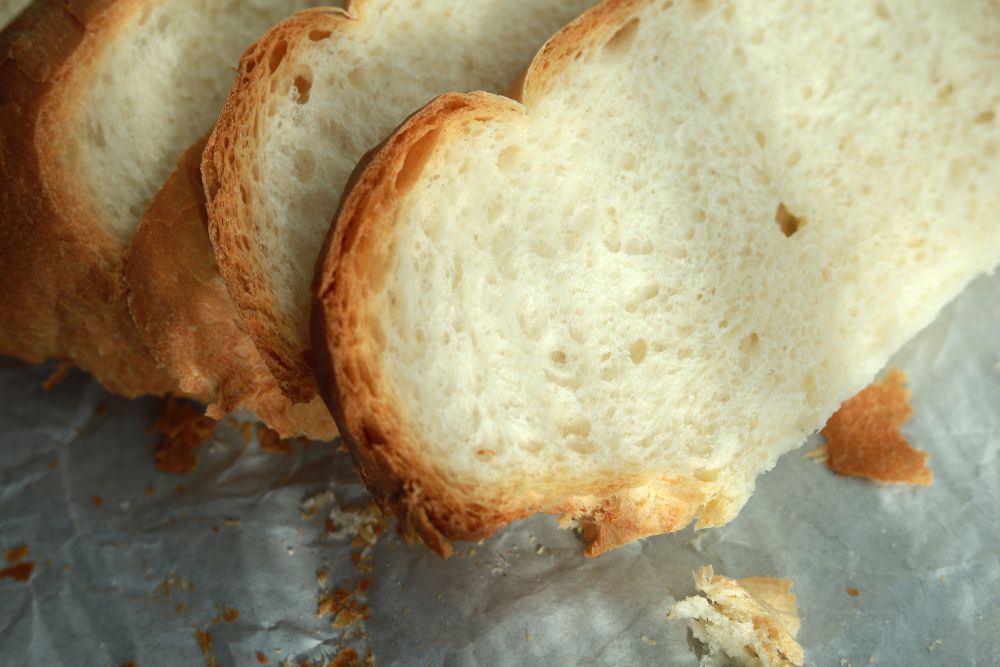Is there anything better than a freshly baked loaf that’s fresh from the oven, complete with that airy tough and alluring scent? How do bakers manage to achieve that? Is there some kind of magic to it? What ingredients do they keep handy?
Luckily, the fine art of creating the perfect loaf of fluffy bread isn’t as hard as you may think. In this article, we answer your top questions about becoming a pro baker in your own home, getting that fluffy texture you’re after.
Firstly, why are bakery items so soft and fluffy?
Unfortunately (and this may ruin your bakery experience) there are many cases where this fluffy texture is achieved by pumping in numerous chemicals like calcium propionate, amylase, and chlorine dioxide into the mixture. This is what keeps it as is for so long. The good news is that you can achieve fluffiness without all the nasties.
We want to steer clear of the chemical route and while not all bakeries are guilty of this, many are. It’s better to research organic ways to achieve a fluffy body to your bread, without the need for chemicals.
What makes bread soft and fluffy (without chemicals)?
The trick is to make the dough less dense and there are a number of ways that you can achieve that. A natural ingredient that you can look at is potato flakes or potato water, which are both rich in starch. This works by trapping the yeast in your mixture, making the bubbles stronger and the dough lighter. Simply use the water from boiling potatoes instead of regular water in your mix and you will notice an immediate difference.
Speaking of yeast, look at instant yeast overactive or rapid rise options as it is the only option that doesn't have the moisture removed from it. It will go bad though and needs to be proofed, so you can't just store it in the cupboard.
If you want a nice, tall loaf that is also light and fluffy then dry milk powder is an ingredient you can try because this will cause the dough to rise taller while also making the crust nice and brown and crispy. Just a couple of tablespoons per loaf is all you need.
Techniques to improve your process
Secret ingredients are one thing, but a quality loaf is still going to require a lot of technique and a dash of love.
Most of the process that will dictate whether your mix is dense or light in fluffing is the kneading process. You can use a professional mixer to achieve better results or you can do the job by hand (using a dough whisk is ideal), but either way, you want to ensure you have sufficiently kneaded the dough until the ingredients have activated.
Can you knead the dough too much? Absolutely. The trick is to reach the point where the dough has a nice smooth and soft texture about it because this means the ingredients have been activated while the dough is also strong enough to keep these reactions contained. Go too long and you will find the dough difficult to stretch which will result in tough, chewy bread.





